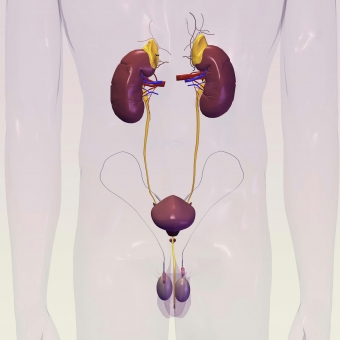
All News
Upcoming Events
The term “intersex” is used to describe disorders of sex development (DSDs) – situations in which a fetus develops differently from a typical male or female.
Sex after miscarriage depends on the individual. A woman’s health care professional can give the best guidance on her personal situation.
Yes. Many men with thyroid problems have erectile dysfunction (ED).
Yes. In addition to other health benefits, regular exercise can help men with their erections.
Men with an enlarged prostate should not take medications that contain antihistamines or decongestants. These agents are often found in over-the-counter cold, sinus, and allergy medications.
The word “anhedonia” refers to the inability to experience pleasure from an activity that is normally considered pleasurable. People with orgasmic anhedonia (also called pleasure dissociative orgasmic dysfunction or PDOD) are unable to feel pleasure when they climax.
Vaginal electrical stimulation (VES) is a treatment technique sometimes used in women’s pelvic floor physical therapy.
Yes. However, the extent of the effects can depend on whether one or both ovaries are removed.
Yes, some do.
A constriction ring (sometimes called a “cock ring”) is an elastic ring designed to help a man maintain an erection.
To understand how constriction rings work, it may help to review the mechanics of an erection. When a man becomes sexually stimulated, his penis fills with blood. It is this blood that makes his penis firm enough for sex.



